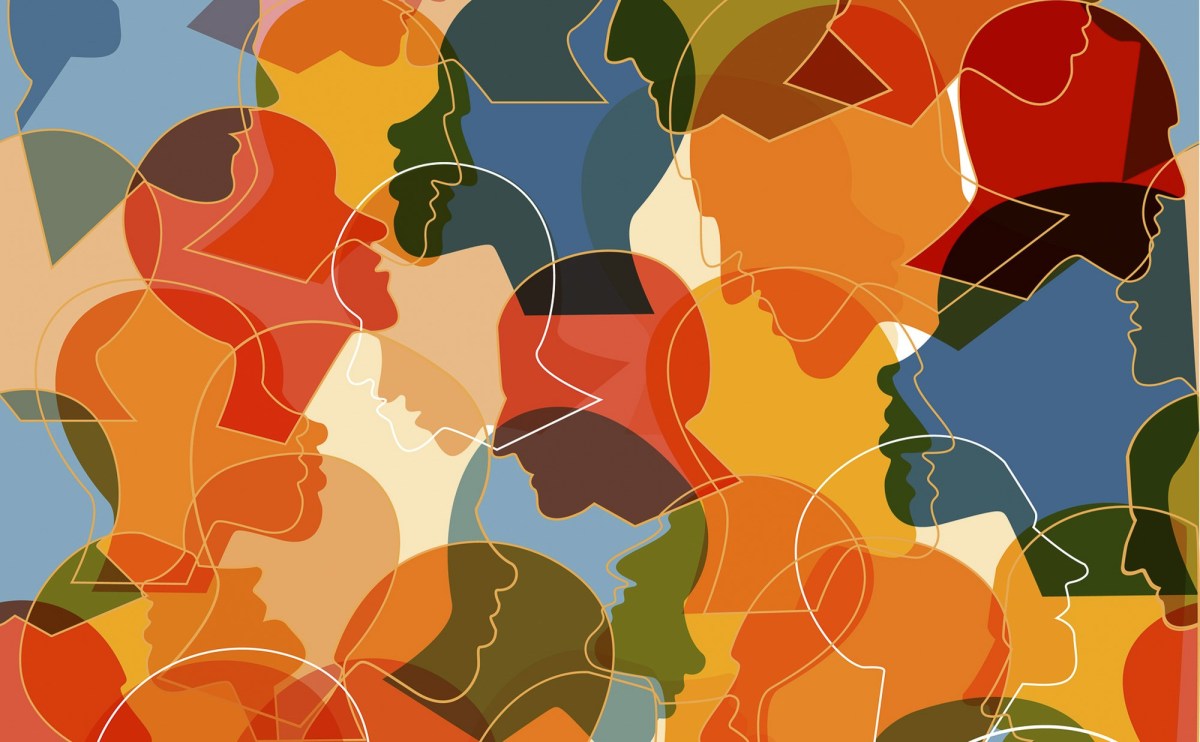Alameda County will remain in the red tier of California’s reopening plan for at least another week, a health official said Tuesday.
The county then may move to a less restrictive tier that allows businesses to serve more people indoors, for example, than they do now. Some other Bay Area counties moved to the orange, less restrictive tier Tuesday.
The daily COVID-19 case rate continues to fall in the county as do hospitalizations as well as testing. But health officials are not letting their guard down yet.
“This is not over,” Alameda County Health Officer Dr. Nicholas Moss told the county Board of Supervisors at their regular meeting Tuesday. “Additional surges are possible,” he said in response to a question about surges occurring in other states and in Europe.
Moss wasn’t sure what is contributing to those surges. In New York, he said it may be because the population is denser.
About 244,000 county residents are fully vaccinated and about 683,000 have received at least one dose. As many as 20,000 doses are delivered daily in the county, Moss said.
While the county’s vaccine supply is slowly increasing, it will probably be next month before the county sees a significant increase, Moss said.
County health officials are expecting the state to soon expand who is eligible for the vaccine. Currently the county is aligned with the state on who is eligible.
Some racial groups in the county are getting vaccinated more quickly than others, county data show. Black and Latino residents lag white and Asian populations, according to the county’s vaccine data dashboard.
While 35 percent of white residents 16 and older and 31 percent of Asian residents 16 and older are vaccinated, those percentages fall to about 26 percent for Black residents and 20 percent for Latino residents of the same age group, the dashboard showed on Tuesday.
Mobile clinics are doing better at getting the vaccine to Black and Latino residents, Moss said, referring to data released March 16 by the Governor’s Office of Emergency Services and the Federal Emergency Management Agency.
Those figures show that of the people vaccinated at the Oakland Coliseum, about 4 percent identified as Black while at Oakland’s two state/federal mobile clinics nearly 21 percent of the people vaccinated identified as Black.
Nearly 20 percent of the people vaccinated at the Oakland Coliseum identified as Latino while at the mobile clinics more than 31 percent identified as Latino.
